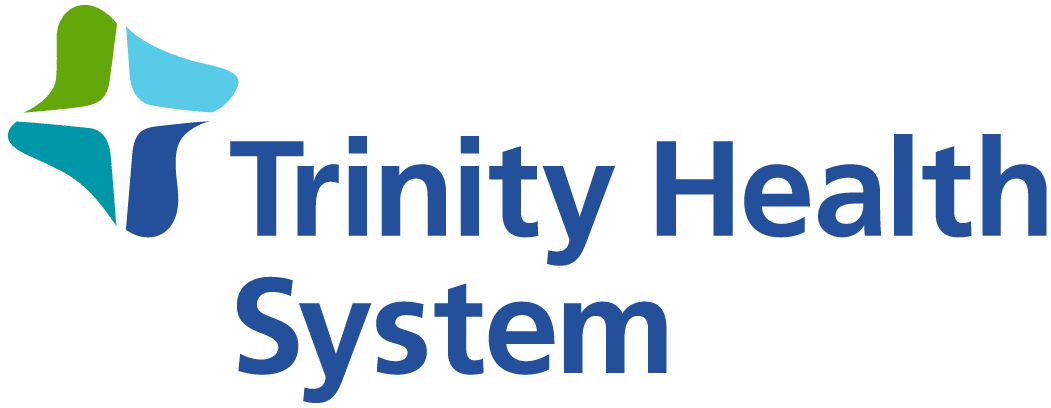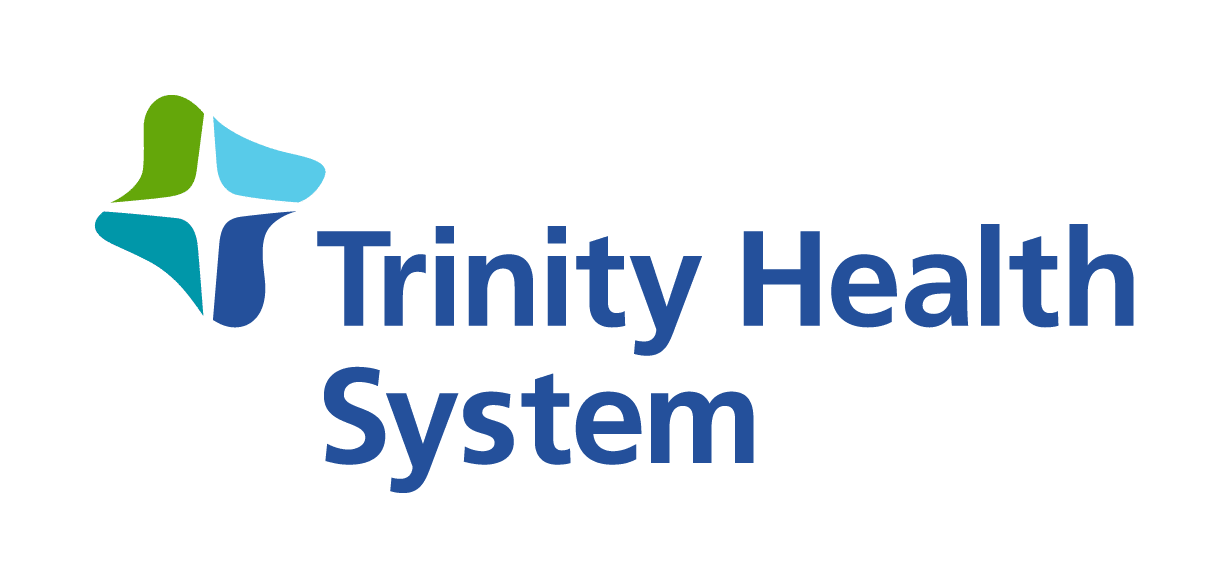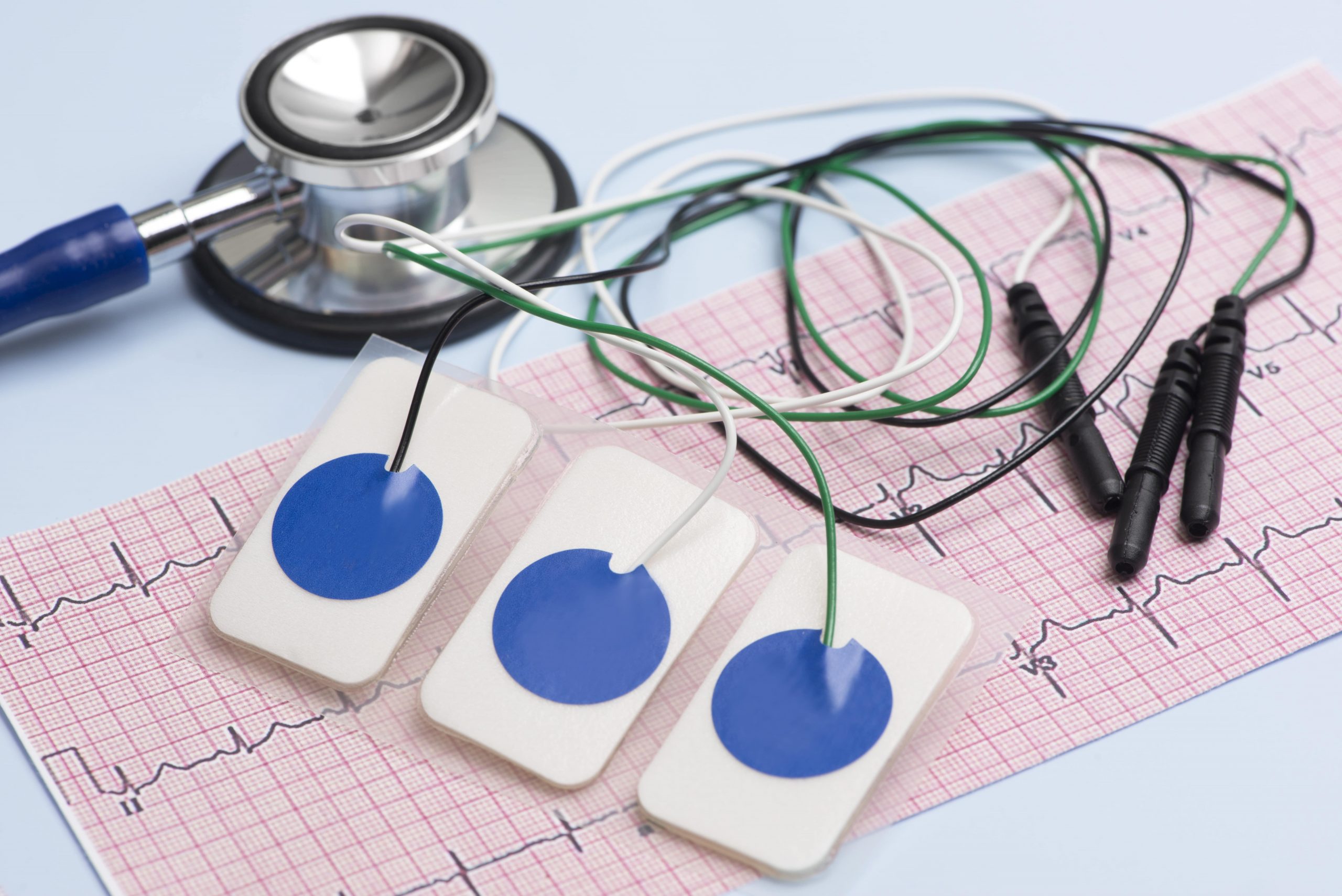Every second counts when it comes to cardiac care emergencies. The quicker a patient gets from the scene of their emergency to our Emergency Department, the better the outcome may be.
At Trinity, we‚Äôre able to take care of a patient from the scene ‚Äì whether it be their home, a store or any other place — with the EMS system we have.
Here’s how it works: When an ambulance arrives at the scene, first responders are immediately in direct contact with the Trinity Health System’s Emergency Department. At times, they actually transmit an EKG straight to our Emergency Department while they’re still at the scene. Before a patient even arrives at the hospital, Emergency Physicians are able to start diagnosing the patient’s problem.
Once that patient arrives at our Emergency Department door, we’re able to provide many levels of care for cardiovascular emergencies that can occur. This provides Emergency Physicians and Emergency Department Staff with those extra minutes we may need to take care of someone, and get them directly to the catheterization lab if they have a sudden emergency like a heart attack.
This is most important: Don’t ignore any cardiac symptoms; ignoring symptoms does not help you. Any symptom that gives you any cause to suggest you may have some type of cardiac problem should be addressed immediately. The rule of thumb for cardiac patients: any pain or discomfort between the nose and the bellybutton should be evaluated. It’s surprising to see how many people do have some type of cardiac event and, if they would have been treated a little bit sooner, we may have been able to do more to help their outcome. Particularly in cardiac care, the quicker you’re treated, the better the outcome may be.


